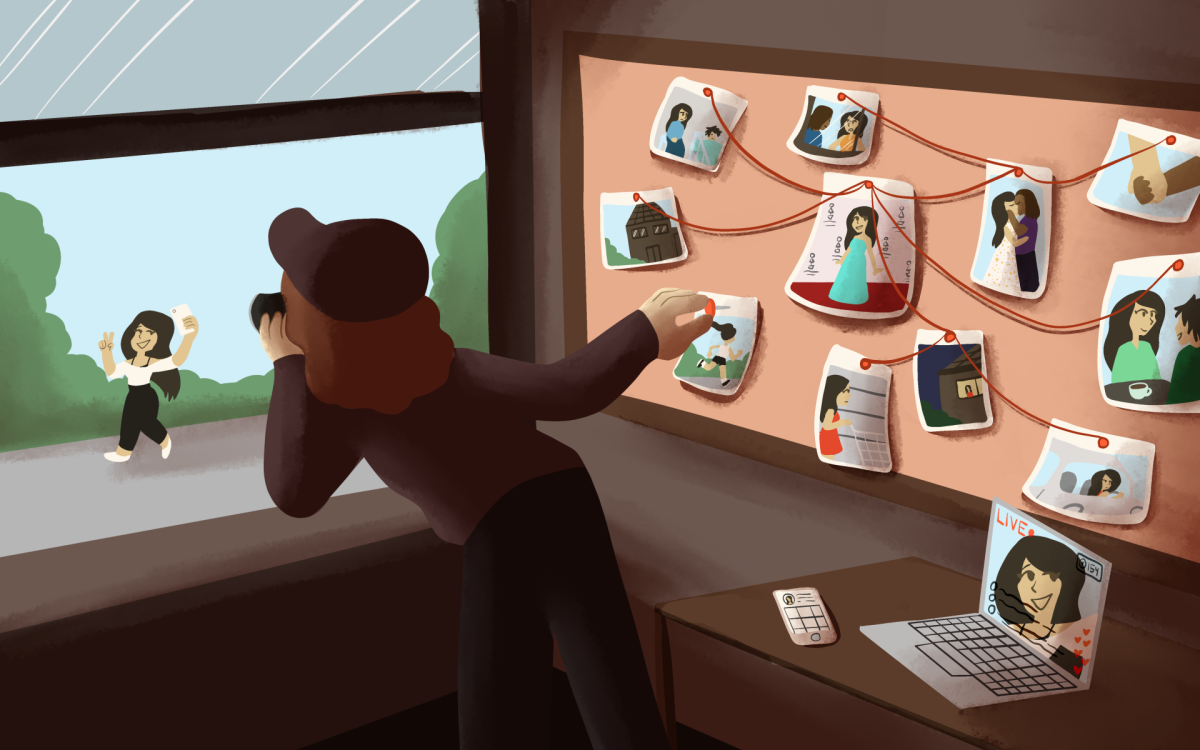
Instead of starting college last year in the fall like many of his friends did, DePaul incoming freshman Jonathan Oppenheimer traveled to Israel and took what is known by many as a “gap year.”
“I actually was mostly compelled to do a gap year based on some advice my sister gave me before I graduated high school,” Oppenheimer said. “She told me that the next few years of my life will be some of the best and freest years of my life, and that I should try to extend them as long as I can.”
Oppenheimer decided to go overseas to Israel because growing up in a small Jewish community in Massachusetts, the term “gap year” was almost always associated with traveling to Israel. He wanted his gap year program to include living in that specific country.
He decided on a program called Kivunim. Oppenheimer got to live in Israel while also having the opportunity to travel around the world and study different cultures and Jewish history.
“It’s been an incredible experience overall,” Oppenheimer said. “I feel like I’ve been able to greatly expand my worldview. It’s been really humbling overall to see a multitude of cultures from around the world that have all existed and developed separately from each other for hundreds to thousands of years.”
Like Oppenheimer, an increasing number of U.S. students — including President Obama’s daughter, Malia Obama — are taking a year off between the end of high school and the beginning of college. There has been an increasing interest in the gap year in the U.S. The amount of young people taking a gap year has grown 23 percent in the U.S. between 2014 and 2015, according to the American Gap Association (AGA), an association that provides resources to students interested in taking a gap year.
Enrollment in programs also increased 27 percent from 2012 and 2013. According to a study by the Council on International Education Exchange, colleges like Harvard have seen a 33 percent increase in the number of students taking a gap year and MIT saw the number of gap year students double from 2009 to 2010.
This gap year can either occur internationally or domestically, but must involve personal growth for the individual taking part in it, according to AGA.
Some might think taking a year off before starting school is not a good idea, as students may not return to school, but 90 percent of students who take a gap year actually go to college.
The gap year is popular across the world, including in Australia and Europe, but has become increasingly popular in the U.S. over the years, and there is a good reason why.
Some students are not sure what field to study in college, they might not be as mature as they hope to be or they might just want to volunteer their time before not having the time in college.
High school counselors like Brandi Rojas do not think all students should take a gap year.
“The gap year is not for everyone and if not planned correctly can lead to unwanted results,” Rojas said. “I understand that it’s a growing trend that more and more students are contemplating. Professionally, I feel that the gap year can be beneficial to the student who has a structured plan of what they are going to do within that one year between graduating high school and postponing their freshman year of college.”
“Having a gap year gives them (students) a sense of freedom, independence and becoming an adult,” Rojas said.
According to an AGA study, 92 percent of students who took a gap year cited their reasons as wanting to gain life experiences as well as personal growth. Eighty-five percent wanted to travel the world and experience different cultures and 81 percent wanted to break from the traditional college track.
A separate study by the organization found that a higher proportion of students who take a gap year have parents who make more than $200,000 a year. These students usually participate in international programs and other programs accredited by the association. Programs available through Gap Year, Camps International, Carpe Diem Education and World Race provide an outlook on just how much students would pay for a month or few months abroad during their gap year.
A whole year’s travel package can be valued anywhere between $10,000 and more than $20,000, which to some students can be about the same amount as a year’s college tuition. Programs are pricey and there is some debate on whether it is only an opportunity for the wealthy.
The wealthy will be able to take a more luxurious gap year, but there are affordable programs available that are just as enriching if not more.
Programs such as the Peace Corps provide students the opportunity to live and volunteer in another country for 27 months and are great programs for students interested in volunteering without the high costs. There is also AmeriCorps’ City Year for students interested in teaching. They get paid for doing it, too.
There are programs out there available for students of all financial circumstances — expensive and inexpensive. If students really want to travel around the world but are on a budget, looking for scholarships is key and so is looking for programs with little to no cost.
In 2015, a combined total of close to $2.8 million in scholarships and need-based grants were given to students taking a gap year, according to a survey done by the American Gap Association. There are scholarships out there including “Back a Gapper,” “Fund for Education Abroad” and “Foundation for Global Scholars,” which are all great for students in need of aid to go abroad.
In the end, it is up to the students and parents who are financially aiding the gap year. Planning is also very important because students will not have the luck incoming DePaul freshman Annabeth Thoresen had if they pack up and go without a plan. Looking for all possible options will only make a student’s gap year that much smoother.
“I highly recommend taking (a) gap year, I also highly recommend planning it way further in advance than I did,” Thoresen said. “I just kind of winged it, which is not necessarily the most responsible thing to do — I winged it and got lucky.”
Students graduating high school and college often feel pressured to know their career and life goals and start moving towards them as quickly as possible, but that isn’t always a realistic expectation. The gap year is a great way of taking time to reflect, breathe and discover one’s ambitions in life.








